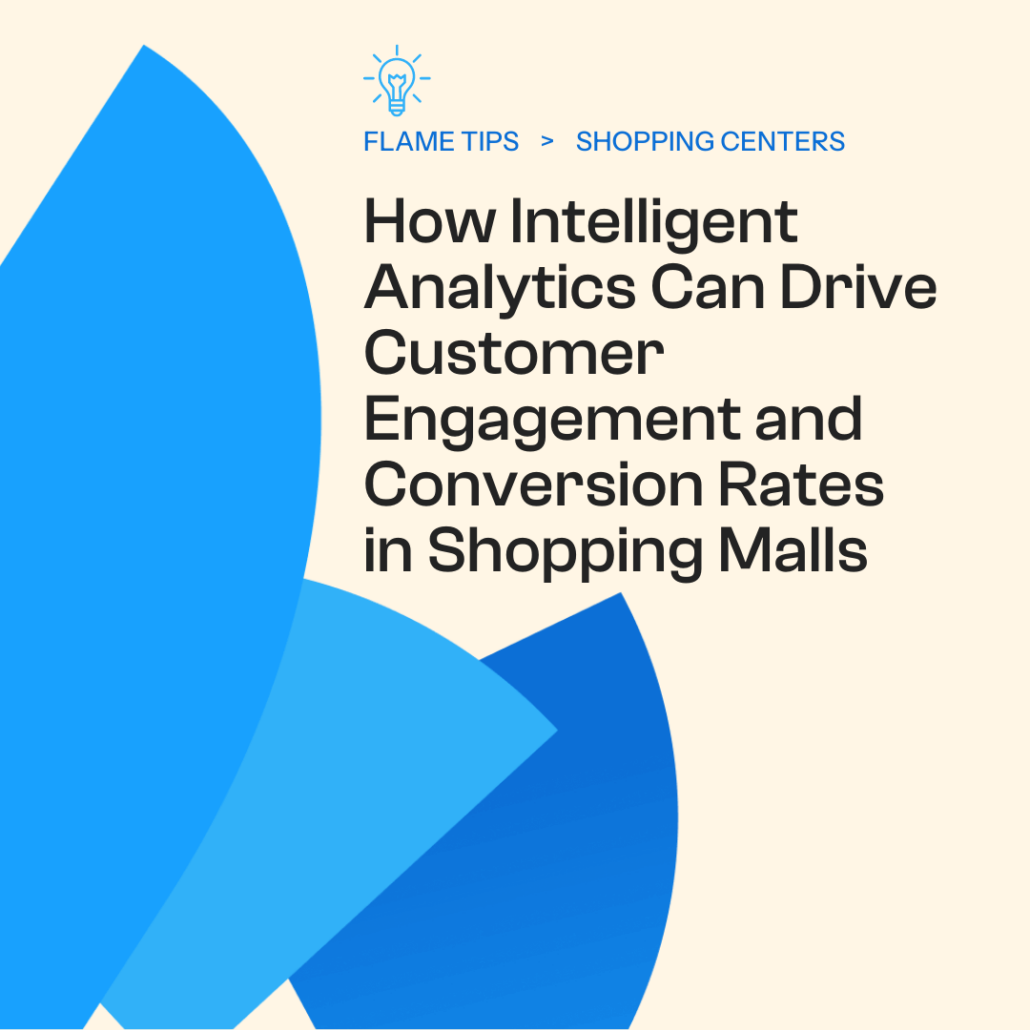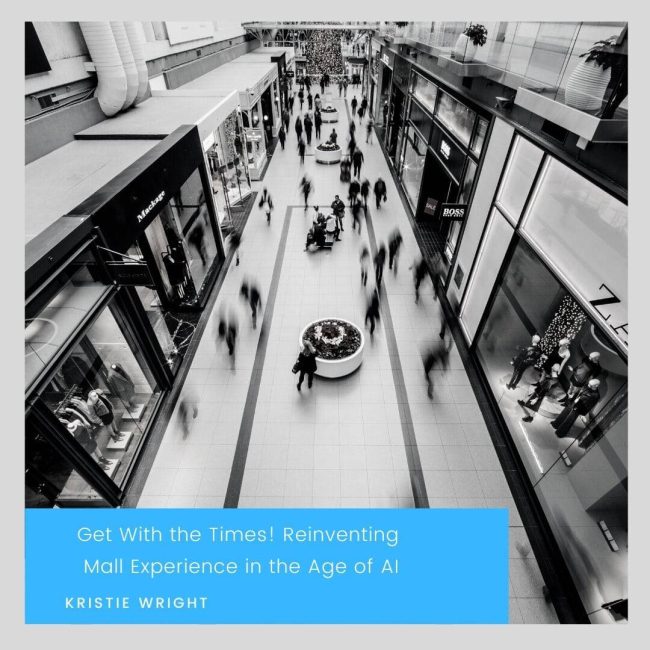In the competitive retail environment of shopping malls, where every footfall counts and each store vies for consumer attention, harnessing the power of data can make a substantial difference. Intelligent Analytics (IA) is proving to be a game-changer in this space, helping mall operators and retailers increase customer engagement and conversion rates through data-driven insights.
What is Intelligent Analytics?
Intelligent Analytics involves the advanced application of data analysis techniques such as machine learning, artificial intelligence, and predictive analytics to glean actionable insights from data. In the context of shopping malls, this means analyzing data from various sources — including foot traffic sensors, sales transactions, customer feedback, and even social media — to improve operational decisions and enhance the shopper experience.
The Impact of Intelligent Analytics on Customer Engagement in Malls
Enhanced Shopper Personalization
Through IA, malls can personalize the shopping experience at a granular level. By understanding the preferences and behaviors of shoppers, malls can tailor marketing communications and promotions to match individual needs.
For instance, a shopper who frequently visits tech stores might receive personalized deals on electronics directly to their smartphone as they enter the mall.
Improved Customer Segmentation
IA allows malls to segment their customers more effectively based on shopping patterns, spending behavior, and even preferred visit times. This segmentation enables targeted campaigns that are more likely to resonate with each group, increasing engagement and driving sales.
Optimization of Store Layout and Tenant Mix
Intelligent Analytics can inform decisions about which stores should be placed where within the mall layout based on customer flow and behavior patterns. This optimization can lead to an increase in cross-visitation rates, encouraging shoppers to visit multiple stores and spend more time in the mall.
Driving Conversion Rates with Intelligent Analytics
Dynamic Promotions and Offers
IA can identify optimal times for promotions and which offers are most likely to convert. For example, if data shows that foot traffic peaks on Saturday afternoons, malls can schedule events or flash sales during these times to maximize conversion rates.
Real-Time Feedback Implementation
By utilizing real-time analytics, malls can immediately address any issues shoppers experience, such as congestion in certain areas or inadequate service in food courts. Quick resolutions enhance the overall customer experience and increase the likelihood of repeat visits.
Enhanced Loyalty Programs
Intelligent Analytics can overhaul traditional loyalty programs by integrating shopper behavior data to offer rewards that are truly valuable to customers. This personalization makes the loyalty program more effective at retaining customers and converting occasional visitors into regulars.
Examples of Intelligent Analytics in Action at Shopping Malls
Traffic Flow Analysis
Malls use sensors and Wi-Fi tracking to analyze foot traffic patterns, helping them understand peak times and adjust staffing and security measures accordingly.
Personalized Digital Signage
Digital signs can display customized ads based on the demographic profile of shoppers currently in the vicinity, enhancing the relevance of advertisements and increasing engagement.
Predictive Maintenance
IA can predict when facilities like escalators, lifts, or air conditioning systems are likely to require maintenance, reducing downtime and improving the shopping experience.
Challenges and Considerations
Despite the benefits, the implementation of Intelligent Analytics comes with challenges. Privacy concerns are significant, as shoppers may be wary of how their data is being used. Ensuring data security and complying with data protection regulations is crucial. Additionally, the success of IA initiatives depends heavily on the quality of the data collected and the integration of various data systems within the mall.
Conclusion
For shopping malls, Intelligent Analytics is not just about keeping up with technology trends but about creating a competitive edge. By leveraging IA, malls can transform the shopping experience, making it more personalized, efficient, and engaging. This leads to higher conversion rates, increased customer loyalty, and ultimately, a stronger bottom line.
As more malls adopt these technologies, the future of retail looks not only more digital but also more interconnected, with every element of the mall experience optimized for success through data.







